Quality Assurance/Quality Control Skills in Subsurface Mapping (QAQC)

DISCIPLINE: Geoscience
COURSE LENGTH (DAYS): 5 Days
CEUS: 4.0
AVAILABILITY: In-House
ATTEND AN UPCOMING CLASS:
Contact SCA’s Training Department at training@scacompanies.com to schedule an In-House course.
WHO SHOULD ATTEND: Prospect generators, exploration and development geoscientists, property and prospect evaluators, supervisors, managers and anyone involved in preparing, reviewing or evaluating subsurface interpretations, maps, exploration or development prospects, producing fields and reserves or resources.
COURSE DESCRIPTION: This program is designed to provide the participants with a number of mapping techniques before venturing into Quality Control Techniques for Subsurface Maps. It does not replace SCA’s five (5) day mapping class but does provide the key mapping fundamentals necessary for the quality control and verification of subsurface maps. The exercise section (actual global exploration, development and production projects) is divided into three (3) parts. The Projects are reviewed immediately after the participants have completed each segment of about five (5) projects per day. New example projects are added to provide customization by client request.
LEARNING OUTCOMES:
Provide a basic understanding of:
- Develop an understanding of how to evaluate a variety of subsurface maps including fault, structure, and isochore maps.
- Understand the types of questions to ask when reviewing interpretations, maps, and prospects.
- Evaluate the 3-D viability of an interpretation, map, or prospect.
- Evaluate whether the resources or reserves attributed to completed interpretation or map are under or over-estimated.
- Determine whether an interpreter has applied sound, industry-accepted, geoscience principles and methods to generate an interpretation, map, or prospect.
COURSE CONTENT:
- Philosophical Doctrine for Subsurface Interpretations and Maps
- Why robust 3-D interpretation is important (some examples)
- Present both the forward and inverse modelling of how geoscience work is done and how it can be checked
- General Introduction to Quality Control Techniques of Subsurface Maps
- Exercise in contouring without faults
- Introduction to the concept of Quick Look Techniques
- Contouring and Contouring Techniques
- Contouring rules
- Contouring Methods:Hand and Computer Mapping
- Contouring Exercise: Revisit no faults
- Review solution generated with both hand and computer contouring methods
- Log Correlation Techniques
- Log Correlation Exercise: identifying faults
- Log Correlation Guidelines
- Log Correlation Plans
- Log Correlation of Vertical Wells
- How to pick and define faults (normal and reverse):depth and amount of missing or repeated section
- Pitfalls of Vertical Well Log Correlation
- Log Correlation of Deviated Wells
- Horizontal beds
- Dipping Beds
- Application of Correction Factors for missing or repeated section (Setchell Equation)
- Picking and Defining Faults
- Pitfalls of Deviated Well Log Correlation
- Log Correlation Exercise Revisit: identifying faults and conducting correction factors where applicable
- Restored Tops
- Determine with both Vertical and Deviated Wells
- Final Correlation Exercise Involving Multiple Faults, Correction Factors and Determination of Restored Tops
- Fault Interpretation and Mapping
- Fault Map Exercise(s)
- Fault Terminology and Application to Interpretation and Mapping
- Vertical Separation Vs Throw
- Heave Vs Gap and Overlap
- Fault Surface (Plane) Mapping
- Extensional Faulting
- Compressional Faulting
- Fault Data Determined from Seismic Sections
- Integration of Seismic Data and Well Log Data to Interpret and Map Faults
- Fault Map Exercise(s) Revisit
- General Cross Section Construction
- Cross Section Layout in Different Tectonic Settings
- Vertical Exaggeration
- Projecting Wells Into Cross Sections and Seismic Sections
- Correlation Sections
- Fence Diagrams vs. Reservoir Analysis (3-D) Model
- Structure Maps
- Fault/Structure Map Integration (normal and reverse faults)
- Exercise for both Normal and Reverse Fault Integration
- Use of Restored Tops to Generate Maps
- Exercise (application of fault/structure mapping including several restored tops)
- Isochore Mapping
- Thickness Determinations from Vertical and Deviated Wells (correction factors)
- Basic Construction of Isochore (Net Pay) Maps
- Bottom Water Reservoirs
- Edge Water Reservoirs
- Calculation and Application of Net-To-Gross Ratios
- Net Pay Isochore Mapping Exercise
- Quality Assurance/Quality Control of Subsurface Maps
- Begin Defining Quick Look Techniques with Examples and relate Back to the First Two (2) Days of Mapping Tehcniques
- Assign Five (5) Projects for Review
- Review the Five (5) Projects Immediately After Participants Work Through The Exercises
- Recap of the Activities for the Week and Answer Any Lingering Questions
- Fault/Structure Map Integration (normal and reverse faults)
